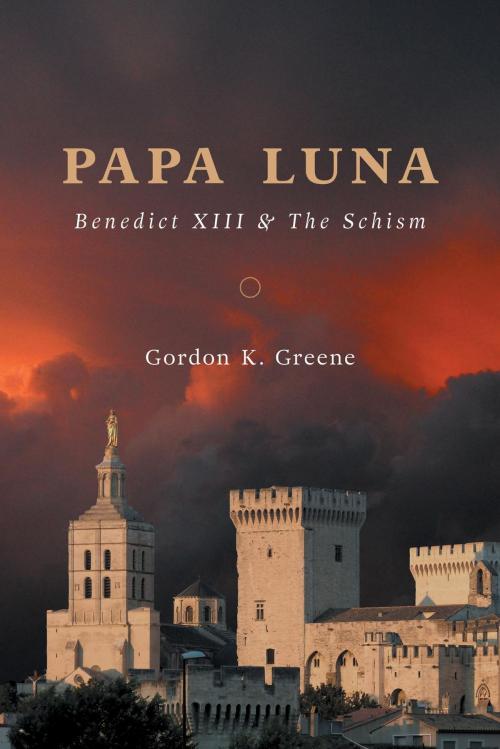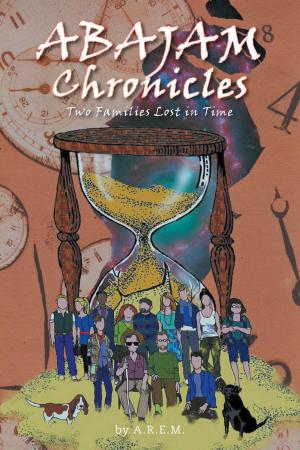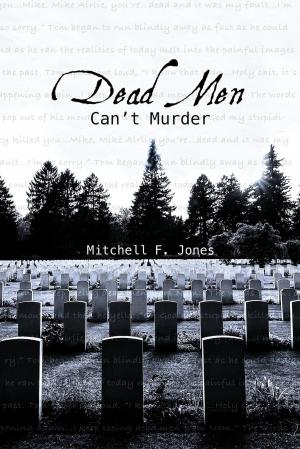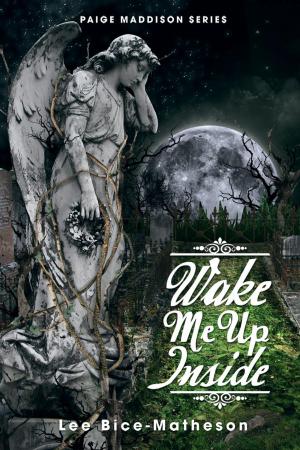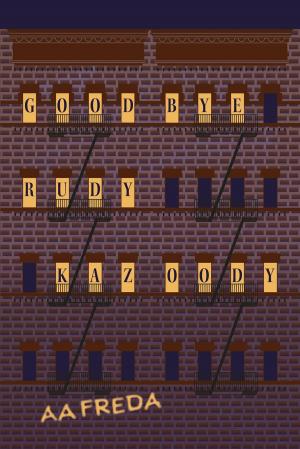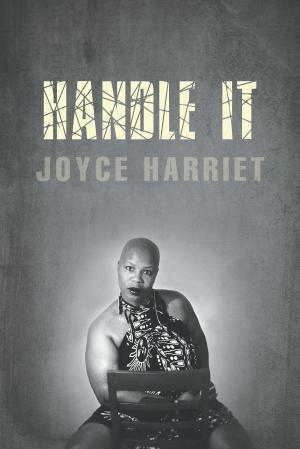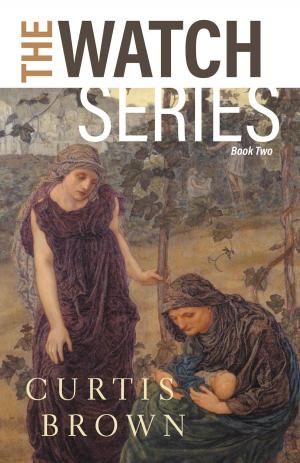| Author: | Gordon K. Greene | ISBN: | 9781525502569 |
| Publisher: | FriesenPress | Publication: | June 27, 2017 |
| Imprint: | Language: | English |
| Author: | Gordon K. Greene |
| ISBN: | 9781525502569 |
| Publisher: | FriesenPress |
| Publication: | June 27, 2017 |
| Imprint: | |
| Language: | English |
The Catholic Church officially designates Benedict XIII, a.k.a. Pedro de Luna (1328–1423), as an antipope, a person who made a significantly recognized claim to the papal throne but whose claim was ultimately rejected. Author and historian Gordon K. Greene disagrees with this assessment. Seeking to right an historical wrong, he has written a fictionalized account of “Papa Luna’s” life in an effort to show that during the troublesome Western Schism period (1378–1417)—in which three men, including Benedict XIII, simultaneously claimed to be pope—Benedict XIII was the only legitimate contender and that rational minds devoid of racial bias should have recognized him as the legal pope.
Gordon’s novel is fictional in the sense that he has created certain characters and situations to help bring Papa Luna to life. However, his account is factual concerning the main events of Papa Luna’s life—his roots in Cataluña; his schooling at Montserrat Abbey and Montpellier University; his main appointments, including serving as papal legate in the early years of the Hundred Years’ War negotiations between France and England; his personal acquaintance with Petrarch and Chaucer; his election to the Avignon papacy in 1394; and his defence of his right to the papal throne at the Council of Constance in 1415, when he was eighty-seven years old.
Whether or not Gordon’s depiction of Papa Luna’s life convinces you that Benedict XIII should have been recognized as pope, there is no question that this novel tells a fascinating story of one man’s struggle to stay true to his beliefs during one of the most troublesome periods in Church history. In the process, Gordon reveals the all-too-human machinations that often determined who was and who was not elected to this most holy of divine offices.
Gordon’s novel is fictional in the sense that he has created certain characters and situations to help bring Papa Luna to life. However, his account is factual concerning the main events of Papa Luna’s life—his roots in Cataluña; his schooling at Montserrat Abbey and Montpellier University; his main appointments, including serving as papal legate in the early years of the Hundred Years’ War negotiations between France and England; his personal acquaintance with Petrarch and Chaucer; his election to the Avignon papacy in 1394; and his defence of his right to the papal throne at the Council of Constance in 1415, when he was eighty-seven years old.
Whether or not Gordon’s depiction of Papa Luna’s life convinces you that Benedict XIII should have been recognized as pope, there is no question that this novel tells a fascinating story of one man’s struggle to stay true to his beliefs during one of the most troublesome periods in Church history. In the process, Gordon reveals the all-too-human machinations that often determined who was and who was not elected to this most holy of divine offices.
The Catholic Church officially designates Benedict XIII, a.k.a. Pedro de Luna (1328–1423), as an antipope, a person who made a significantly recognized claim to the papal throne but whose claim was ultimately rejected. Author and historian Gordon K. Greene disagrees with this assessment. Seeking to right an historical wrong, he has written a fictionalized account of “Papa Luna’s” life in an effort to show that during the troublesome Western Schism period (1378–1417)—in which three men, including Benedict XIII, simultaneously claimed to be pope—Benedict XIII was the only legitimate contender and that rational minds devoid of racial bias should have recognized him as the legal pope.
Gordon’s novel is fictional in the sense that he has created certain characters and situations to help bring Papa Luna to life. However, his account is factual concerning the main events of Papa Luna’s life—his roots in Cataluña; his schooling at Montserrat Abbey and Montpellier University; his main appointments, including serving as papal legate in the early years of the Hundred Years’ War negotiations between France and England; his personal acquaintance with Petrarch and Chaucer; his election to the Avignon papacy in 1394; and his defence of his right to the papal throne at the Council of Constance in 1415, when he was eighty-seven years old.
Whether or not Gordon’s depiction of Papa Luna’s life convinces you that Benedict XIII should have been recognized as pope, there is no question that this novel tells a fascinating story of one man’s struggle to stay true to his beliefs during one of the most troublesome periods in Church history. In the process, Gordon reveals the all-too-human machinations that often determined who was and who was not elected to this most holy of divine offices.
Gordon’s novel is fictional in the sense that he has created certain characters and situations to help bring Papa Luna to life. However, his account is factual concerning the main events of Papa Luna’s life—his roots in Cataluña; his schooling at Montserrat Abbey and Montpellier University; his main appointments, including serving as papal legate in the early years of the Hundred Years’ War negotiations between France and England; his personal acquaintance with Petrarch and Chaucer; his election to the Avignon papacy in 1394; and his defence of his right to the papal throne at the Council of Constance in 1415, when he was eighty-seven years old.
Whether or not Gordon’s depiction of Papa Luna’s life convinces you that Benedict XIII should have been recognized as pope, there is no question that this novel tells a fascinating story of one man’s struggle to stay true to his beliefs during one of the most troublesome periods in Church history. In the process, Gordon reveals the all-too-human machinations that often determined who was and who was not elected to this most holy of divine offices.
